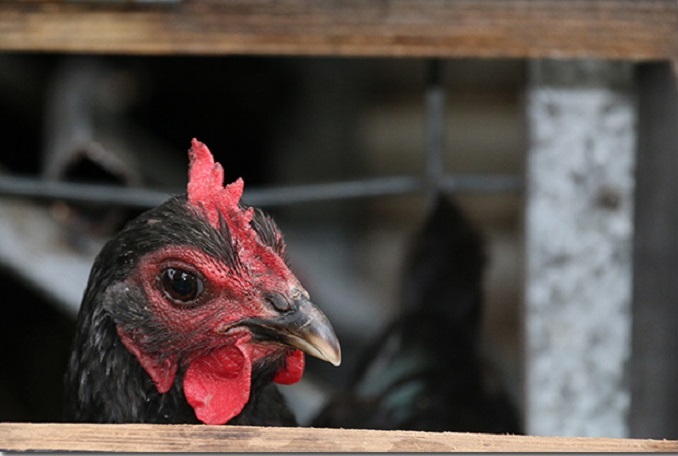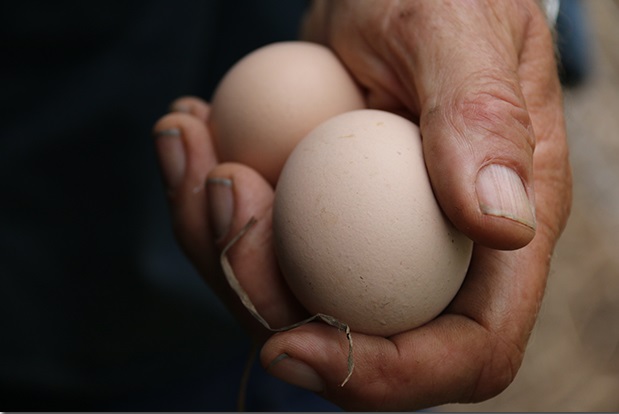Feed Improvements Boost Sustainability efforts in US Poultry

Improvements in feed growth, efficiency and bird genetics have played roles in boosting the sustainability of the US poultry sector.
The US poultry industry has undergone serious changes since the 1960s to improve sector sustainability. Marty Matlock, director of the Office of Sustainability at the University of Arkansas, performed an in-depth analysis of the industry over the years, including greenhouse gas emissions and land and energy use.
Matlock will present his findings with his UA colleague, Greg Thoma, at the eighth annual Animal Agriculture Sustainability Summit on Tuesday, January 26 in Atlanta, GA.
“It means it’s viable into the future,” says Matlock when asked about sustainability. “It’s resilient into the future because the producers have strategies for addressing interruptions.”
Improvements Found
Researchers tracking sustainability in the US poultry industry began with a comparison of what was required in terms of inputs in the 1960s compared to what is required today to produce one kg of bird meat.
They found that a significant improvement has been made: greenhouse gas emissions have dropped by about 40%, energy use has dropped by about 50%, and land use has dropped by about 70%. The only input that has increased is water, since more water is needed to foster the growth of increased crop yields.
Matlock attributed much of the improvements to improve feed formulization and diets specific to stages in bird development. “We have a more sophisticated understanding of the needs of the animal,” he explains.

Additionally, revamped housing – including additional environmental controls – has helped improve sector sustainability as such technology allows producers to raise healthier and more comfortable birds.
Ongoing and Future Efforts
According to Matlock, poultry producers have a positive record when it comes to identifying and addressing which aspects to improve. Ongoing work by both producers and environmental groups seeks to define and prioritize new goals covering areas such as the environment and future sector profitability. However, many areas are complicated or interconnected.
“Sustainability is about continuous improvement,” adds Matlock. “We have a good story to tell in terms of becoming more efficient, but [the producers] are not done yet.”
Efforts are also being made to share updated methods with countries developing their own poultry industries. Instead of starting from scratch, they can start where the US is now.